Here you’ll find descriptions, written for a public audience, of science released by the DES collaboration. Have a question? Check out the FAQ or email our team.
August 23, 2024 – Studying Cosmic Ripples: The Final DES Measurements of the BAO Signal
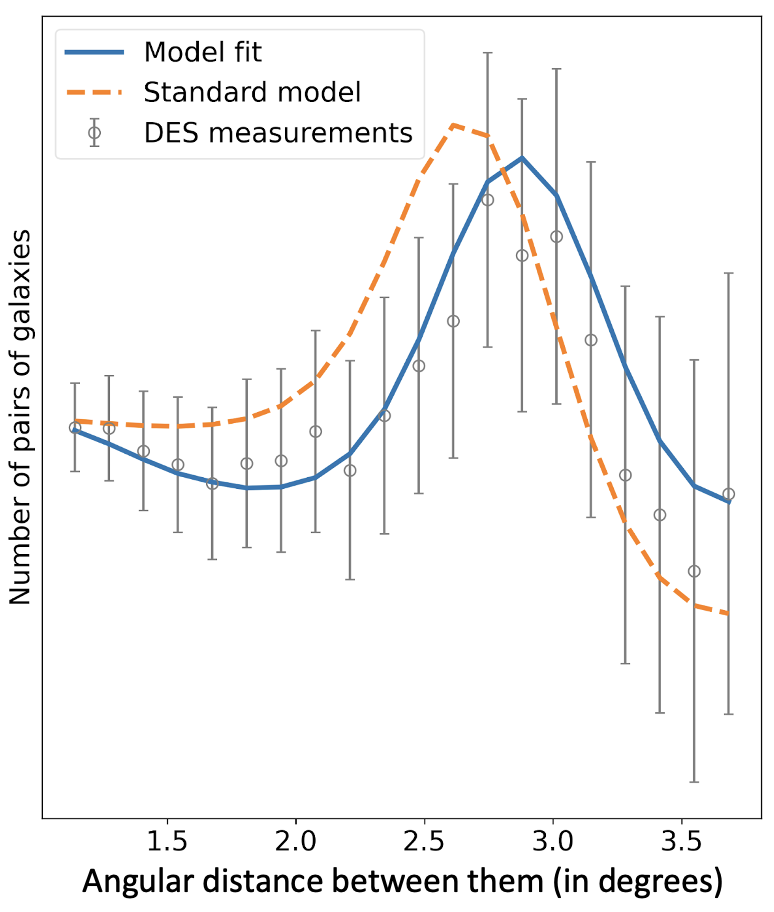 Ross Cawthon
Ross Cawthon
August 12, 2024 – Type Ia Supernovae: How DES Used Exploding Stars to Measure Dark Energy
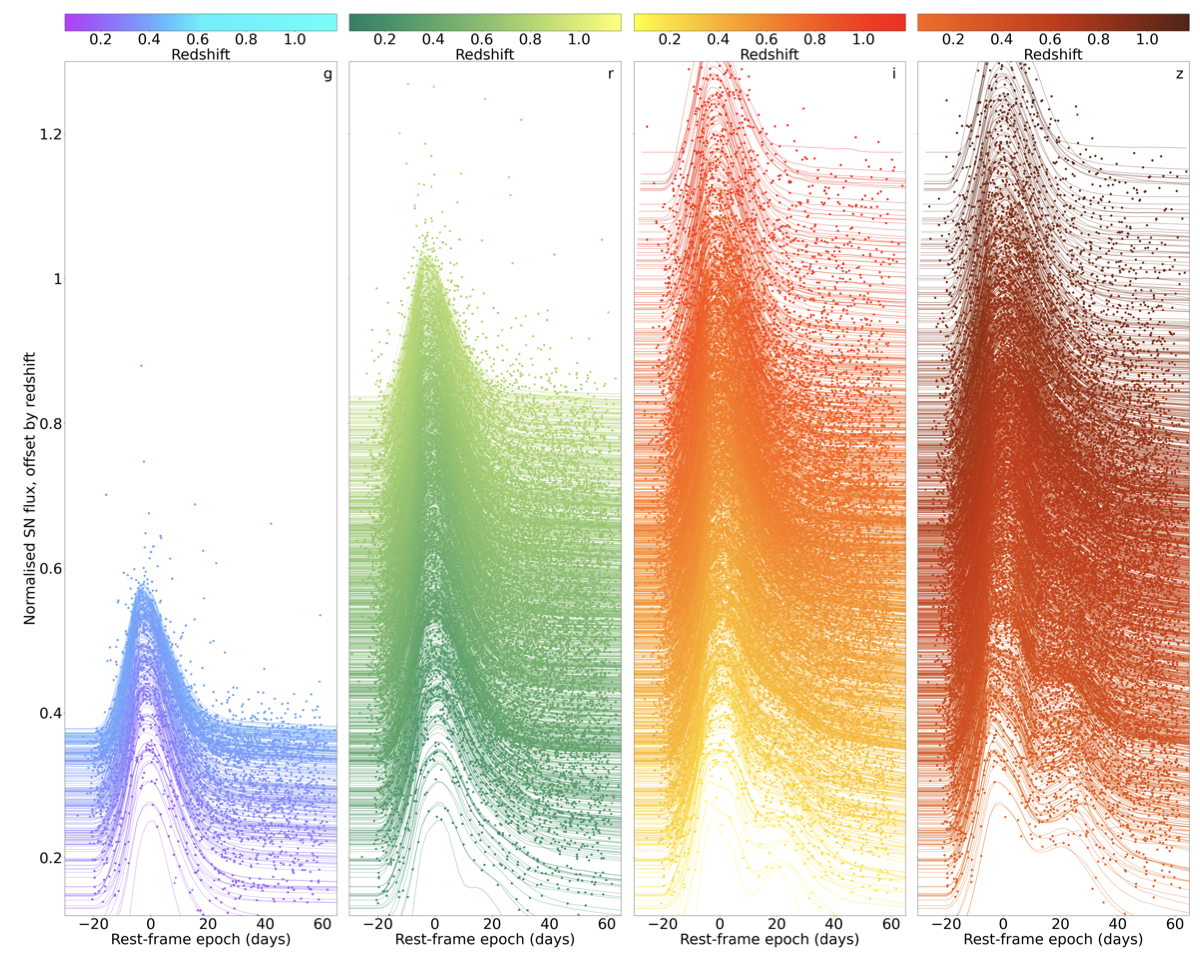 Caio Cavarsan and Ross Cawthon
Caio Cavarsan and Ross Cawthon
July 1, 2023 – Finding Distances to Galaxies by Looking at their Neighborhoods
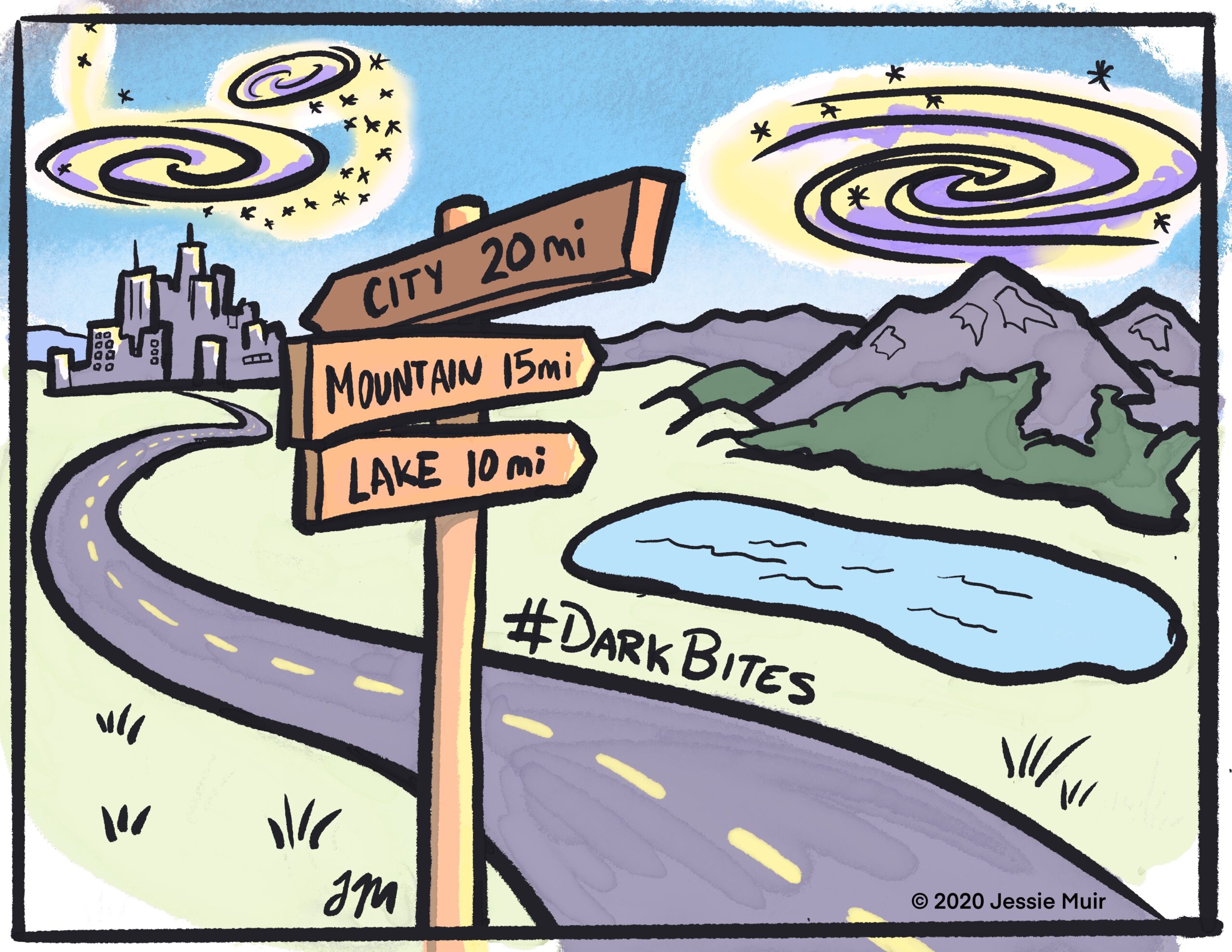 Jonathan Fang
Jonathan Fang
February 21, 2023 – Looking for New Physics: Taming the Hydra
 Paul Rogozenski
Paul Rogozenski
August 4, 2022 – Confronting models with DES Year 3 data, or: How did we get here, and what’s next?
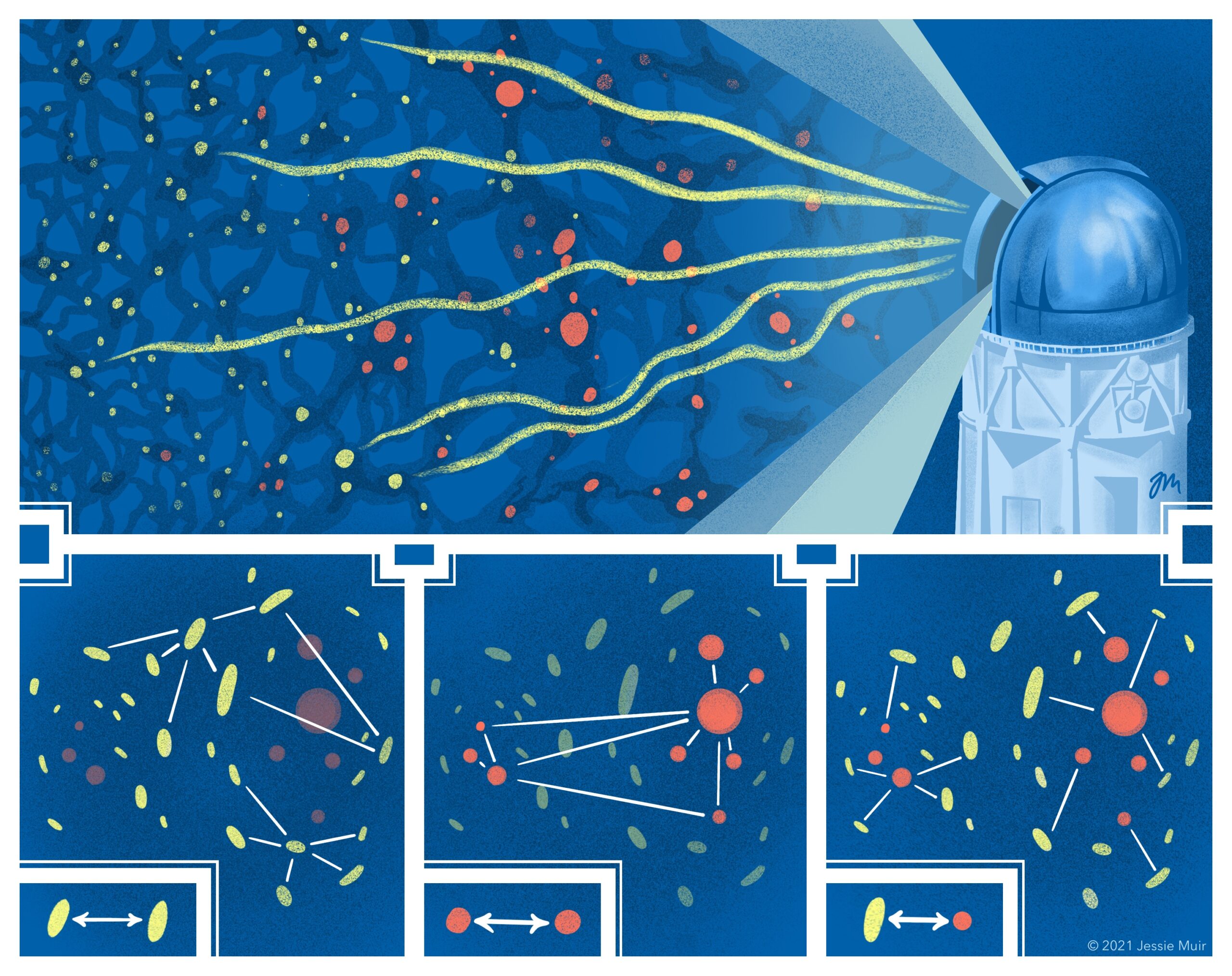 Jessie Muir
Jessie Muir
July 29, 2022 – Objects in Mirror are Bluer Than They Appear: What a Galaxy’s Color Says About Its Distance
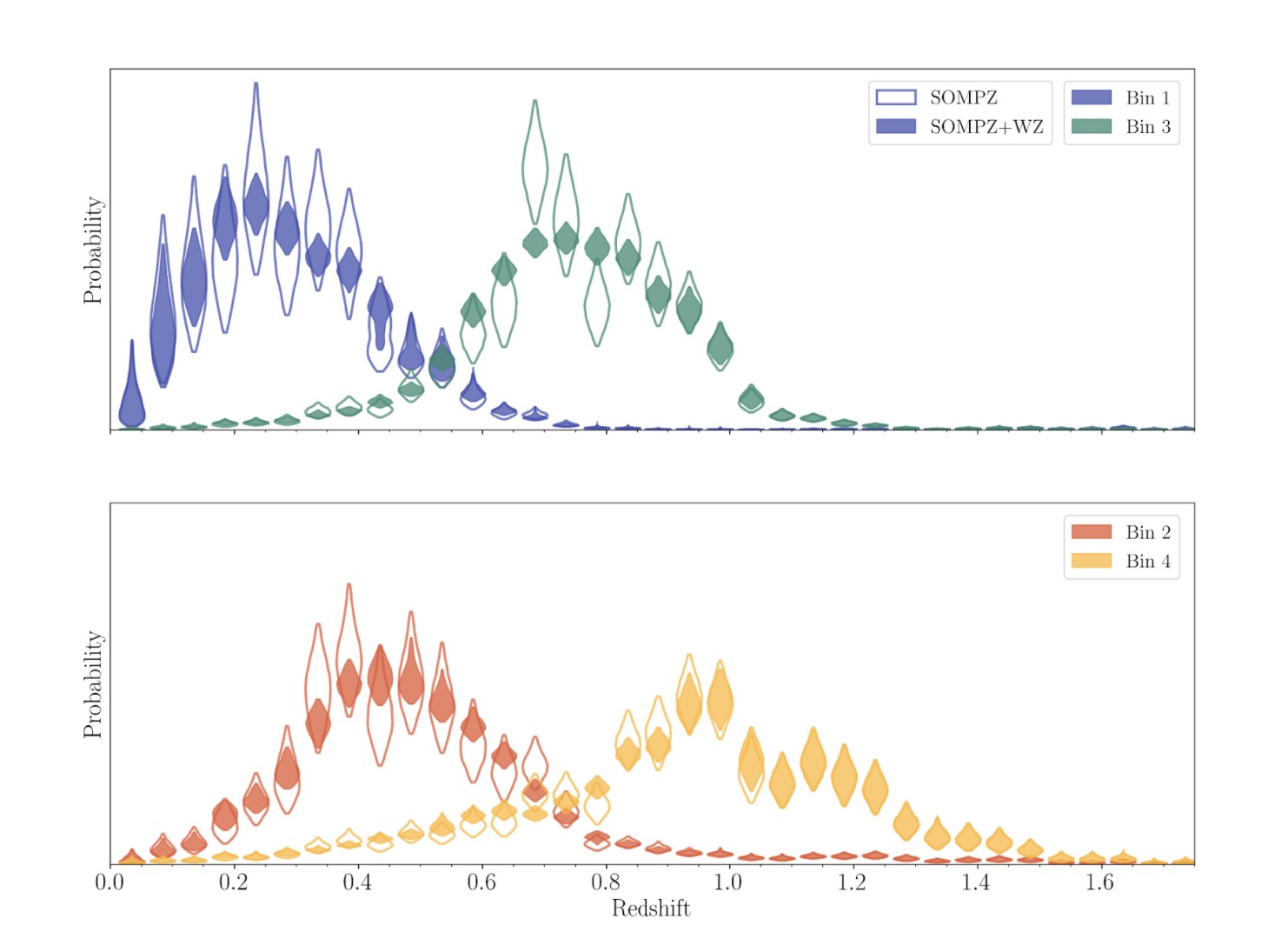 Justin Myles
Justin Myles
July 26, 2022 – How to tease out the tiniest distortions of galaxy shapes to probe the secret of the Universe
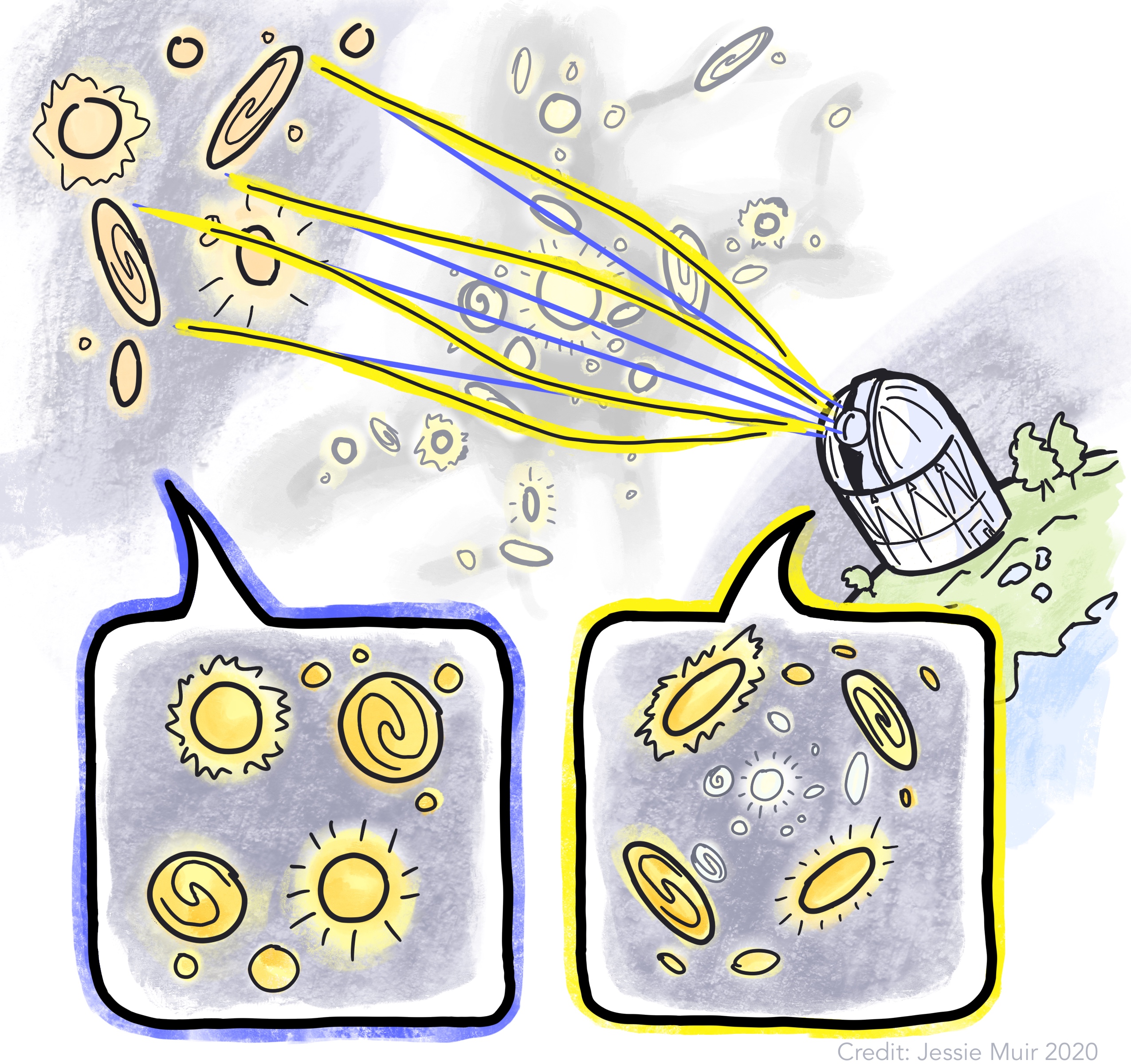 Jamie McCullough
Jamie McCullough
July 22, 2022 – Decontaminating our Maps of the Universe
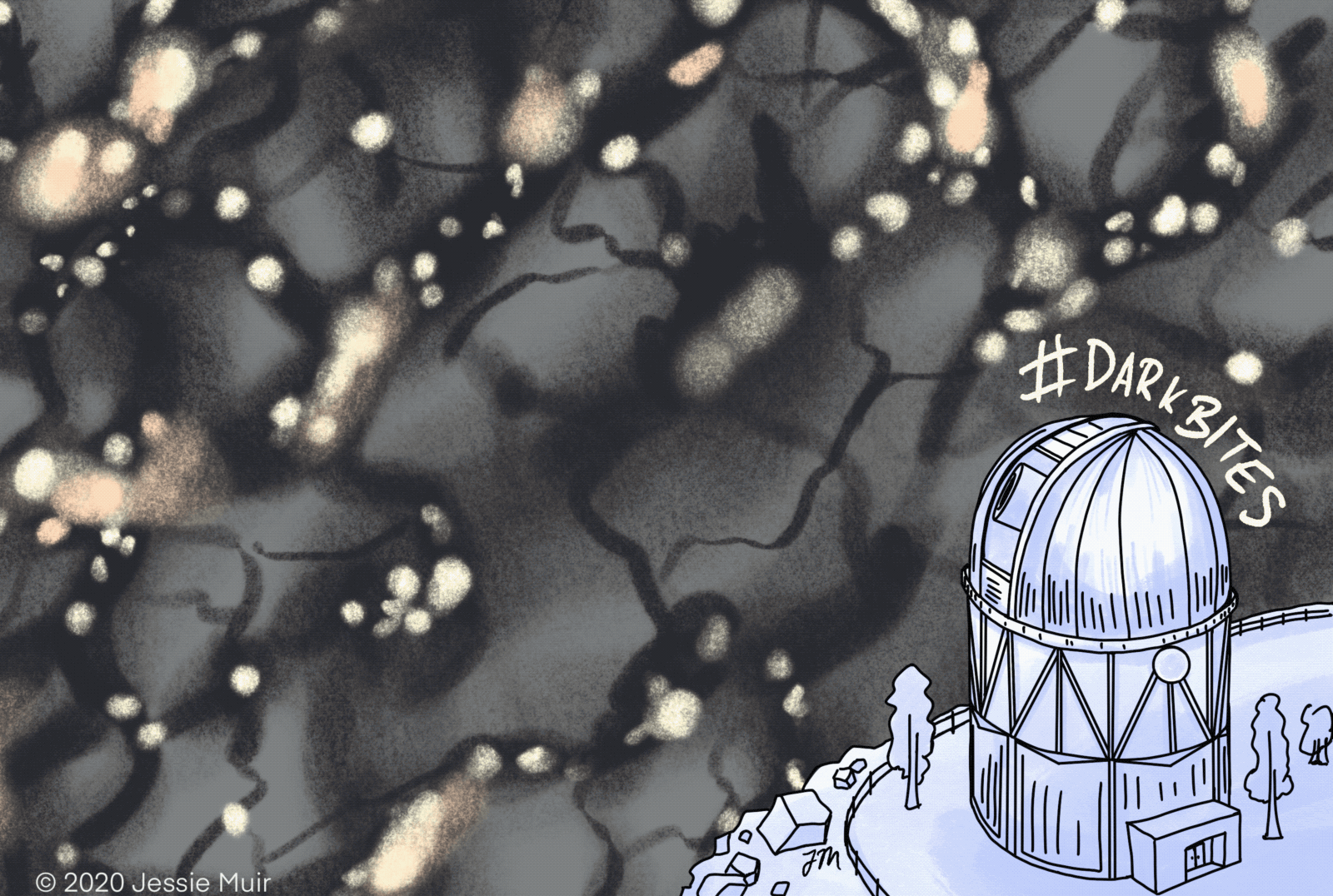 Ellesa Henning
Ellesa Henning
April 23, 2021 – Searching for Sources of Gravitational Waves
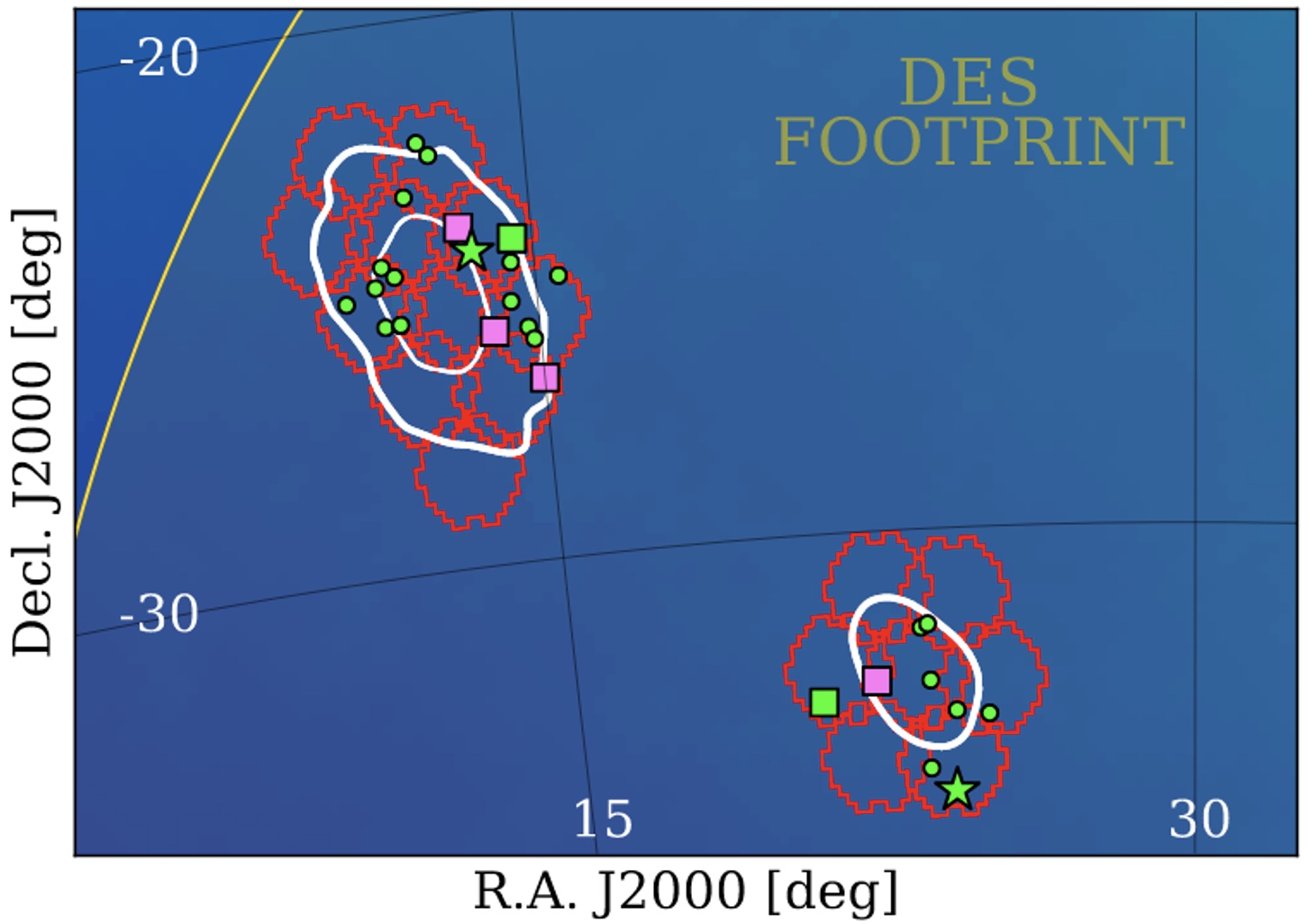 Rob Morgan, Mandeep Gill, Clécio R. Bom, Maria Elidaiana da Silva Pereira, Antonella Palmese, Tamara Davis, Alyssa Garcia
Rob Morgan, Mandeep Gill, Clécio R. Bom, Maria Elidaiana da Silva Pereira, Antonella Palmese, Tamara Davis, Alyssa Garcia
August 2, 2019 – Star Bright, Star Dim? Finding Variable Stars in the Dark Energy Survey
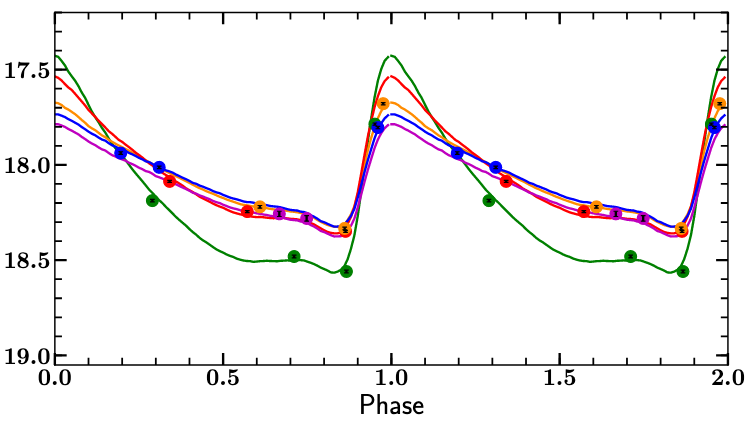 Jen Locke
Jen Locke
July 26, 2019 – Searching for Explosive Optical Counterparts to IceCube Neutrinos
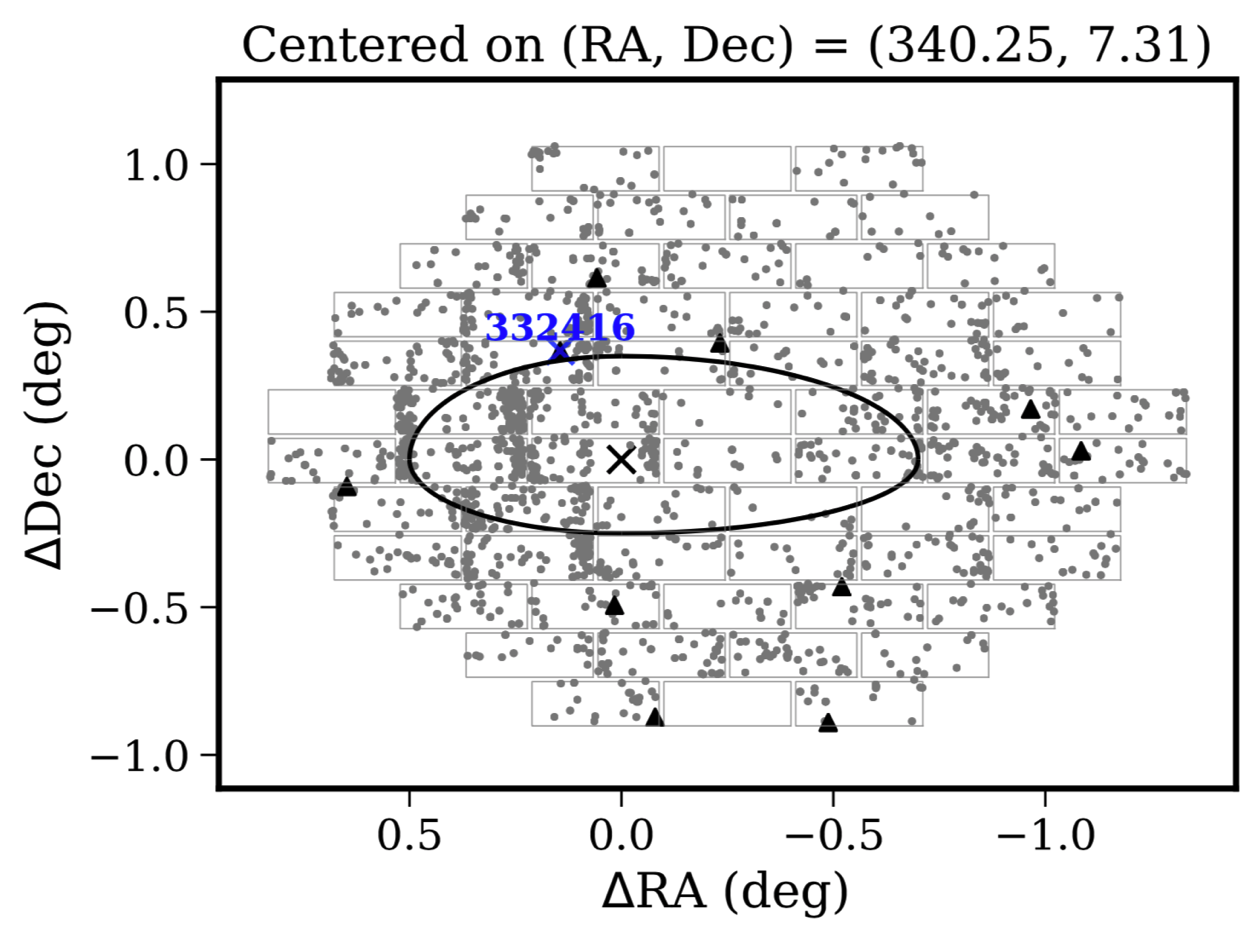 Jacqueline Beran
Jacqueline Beran
June 14, 2019 – Finding Dark Matter: How Mapping Light Tells Us About the Dark
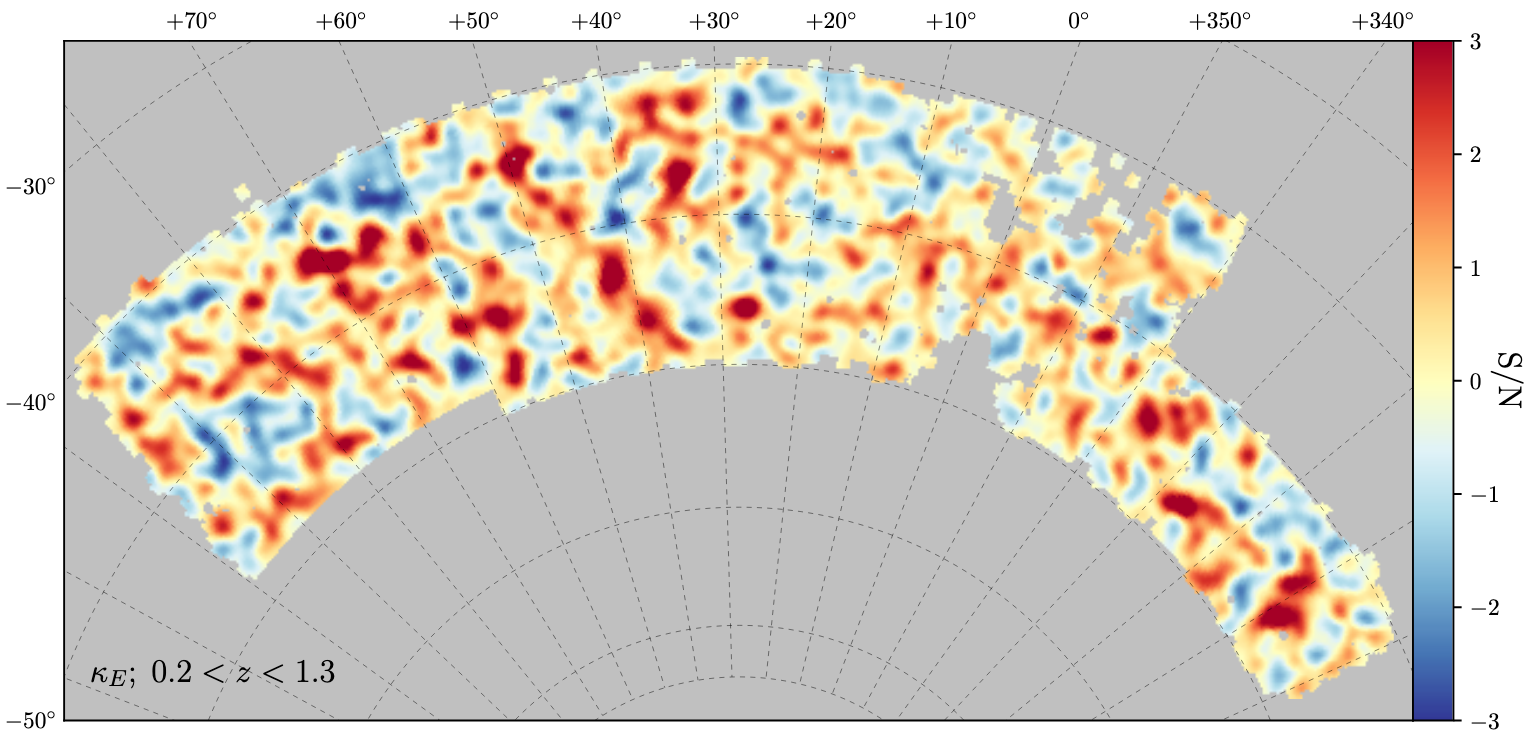 Ross Cawthon
Ross Cawthon
January 17, 2019 – Using Gravitational Waves from Black Holes and Galaxies to Understand the Expansion of the Universe
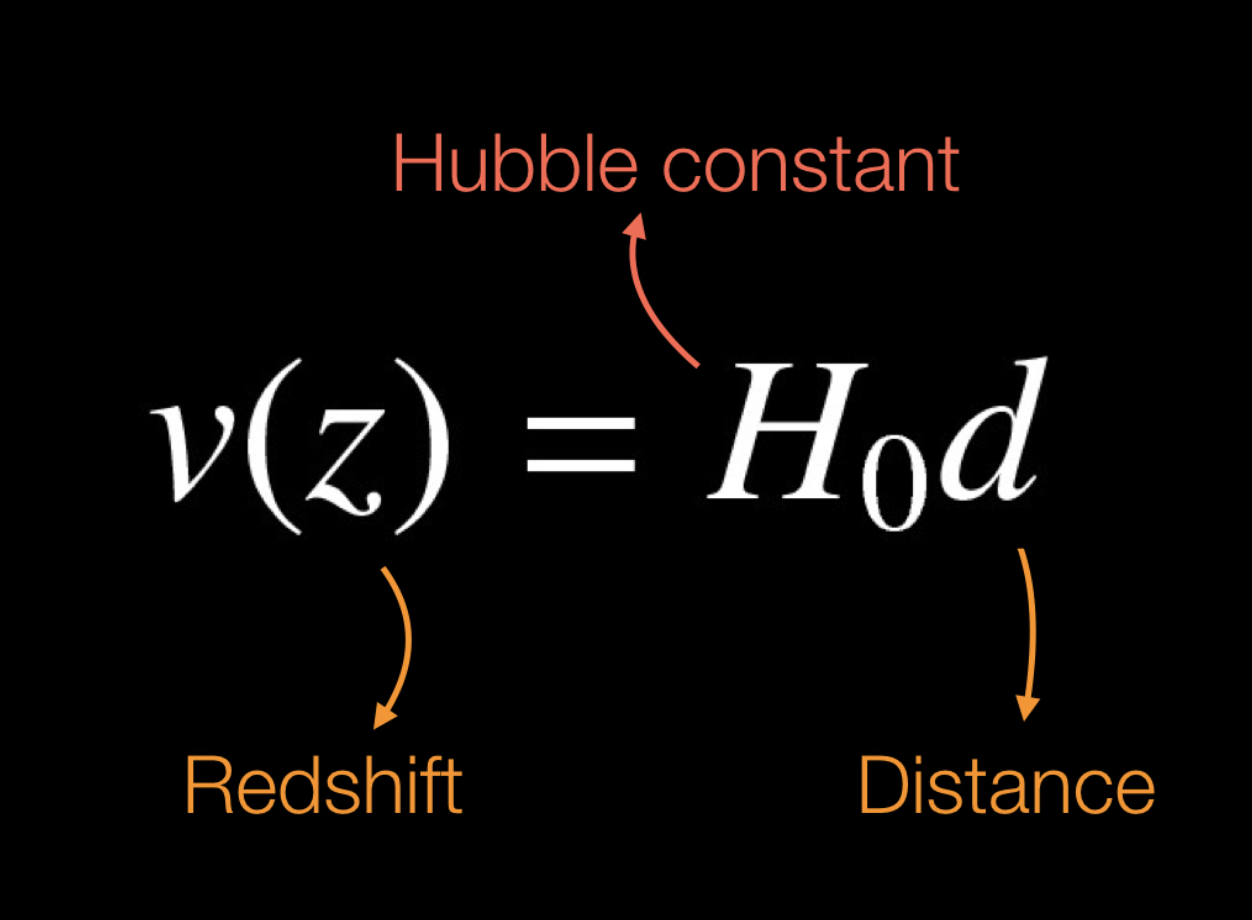 Antonella Palmese
Antonella Palmese
November 11, 2018 – Finding the Edges of Massive Galaxy Clusters
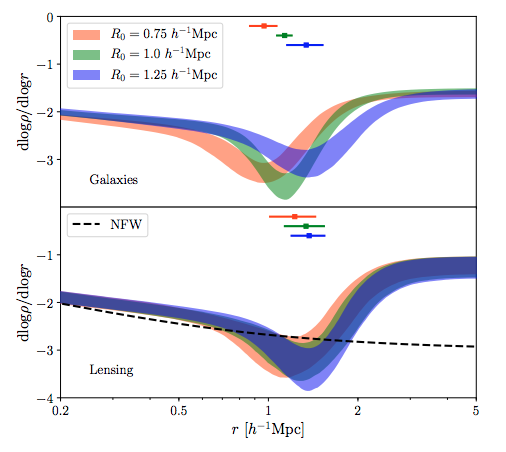 Tom McClintock and Ross Cawthon
Tom McClintock and Ross Cawthon
January 17, 2018 – Journey of a Photon – from Camera to Catalog
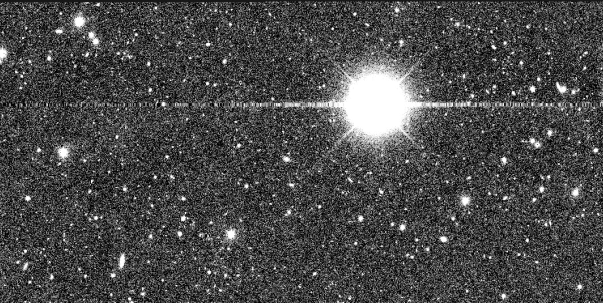 Rutuparna Das
Rutuparna Das
November 22, 2017 – What the galaxy that hosted the gravitational wave event GW 170817 can teach us about binary neutron stars
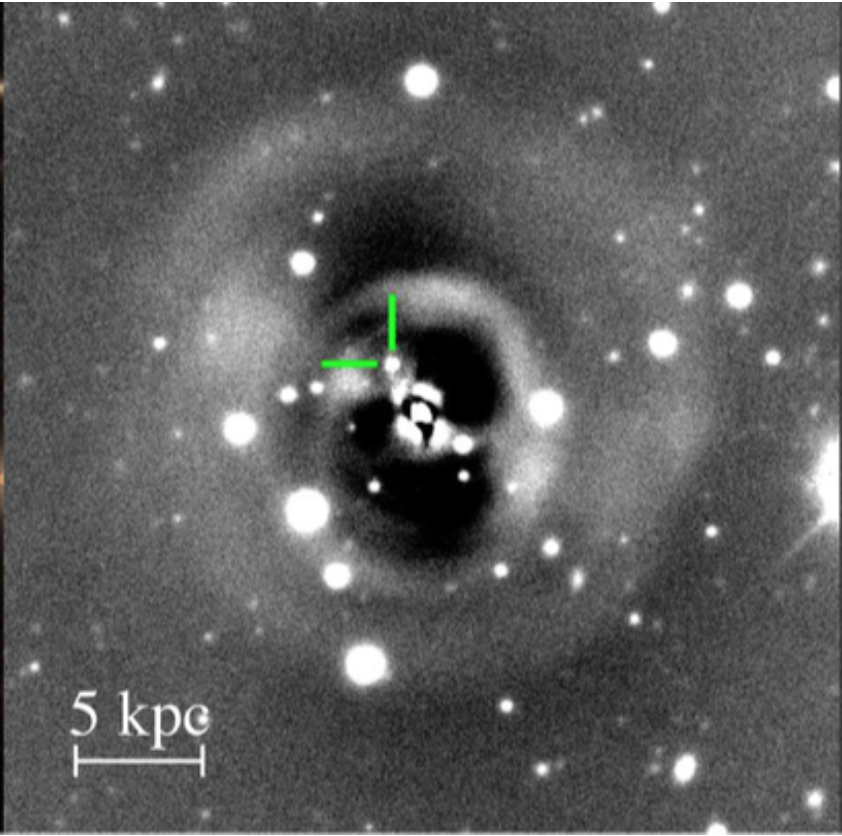 Antonella Palmese and Sunayana Bhargava
Antonella Palmese and Sunayana Bhargava
October 16, 2017 – Gravitational waves tell us how fast the Universe is expanding
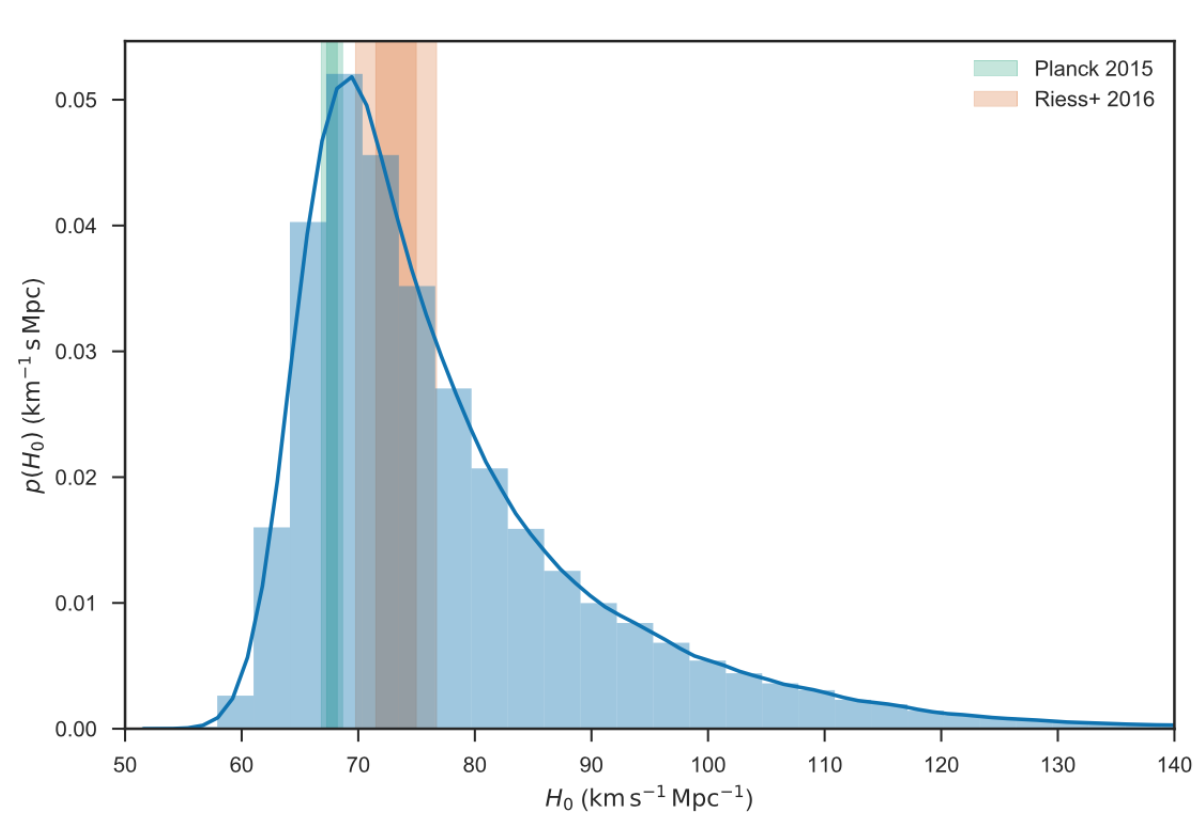 Sunayana Bhargava and Kathy Romer
Sunayana Bhargava and Kathy Romer
October 16, 2017 – An event that blew away the astronomical world
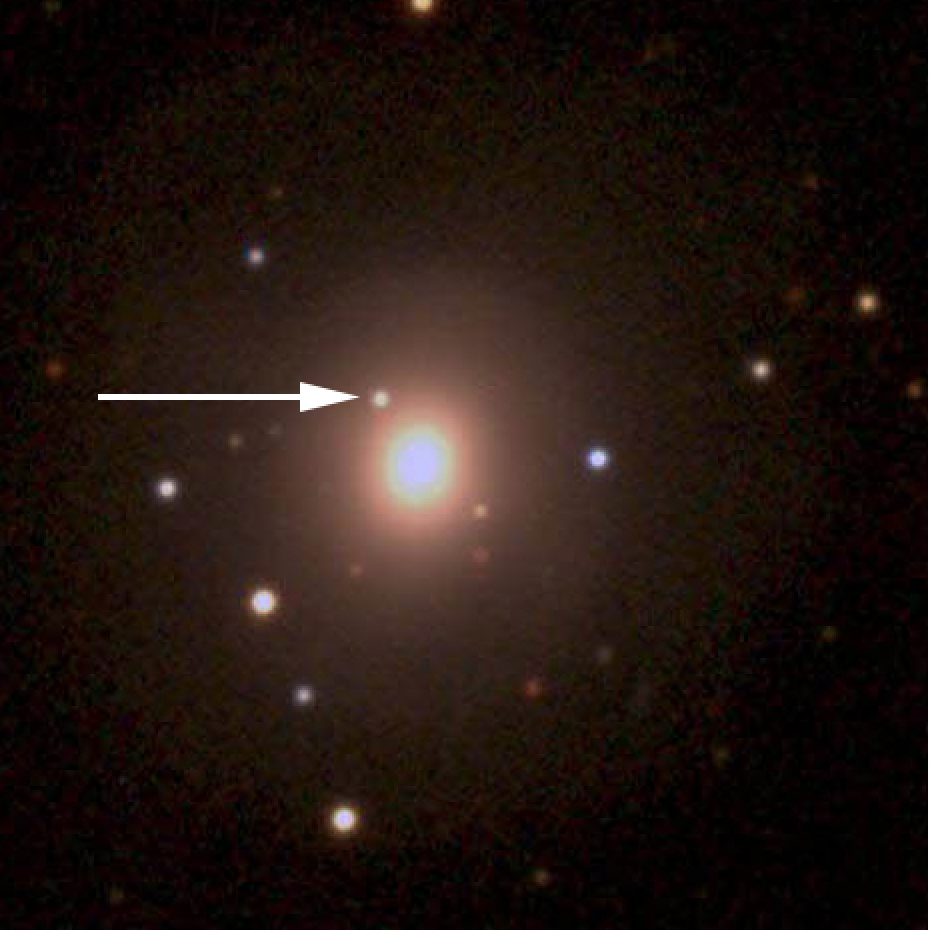 Mandeep Gill and Ross Cawthon
Mandeep Gill and Ross Cawthon
September 4, 2017 – DES clinches the most precise cosmological results ever extracted from gravitational lensing
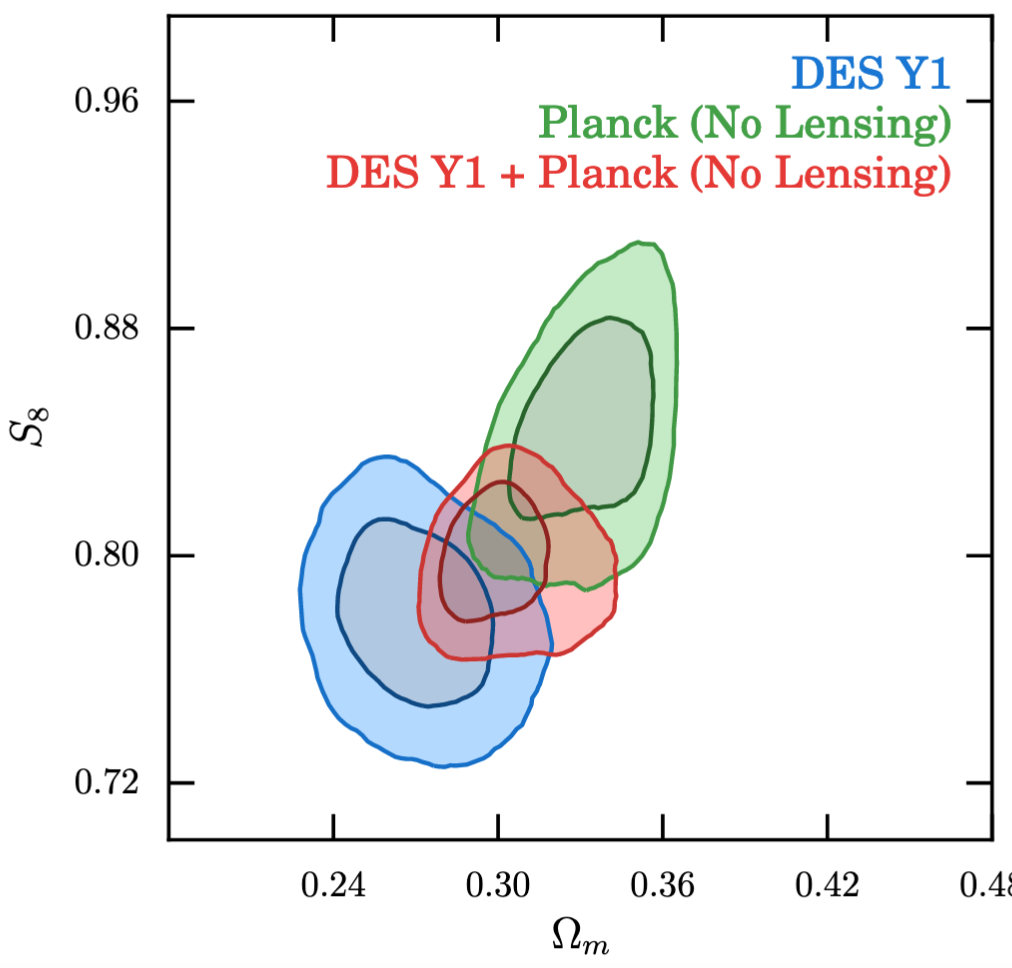 Mandeep Gill and Michael Baumer
Mandeep Gill and Michael Baumer
October 10, 2016 – DES Uses Crowdsourcing to Improve Data Quality
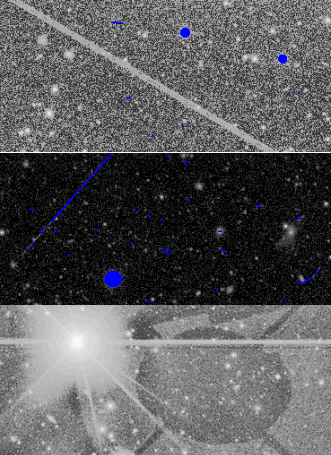 Jacob Robertson, Ross Cawthon, Peter Melchior
Jacob Robertson, Ross Cawthon, Peter Melchior
August 1, 2016 – DES CLASHes onto the Scene
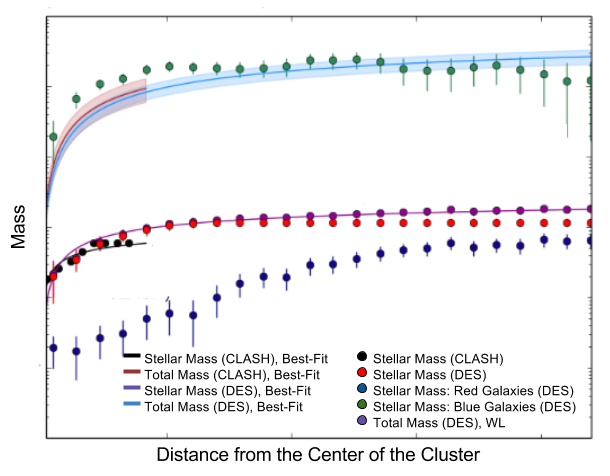 Rachel C. Wolf, Ross Cawthon, Antonella Palmese
Rachel C. Wolf, Ross Cawthon, Antonella Palmese
July 19, 2016 – Warped Perspectives: Discovery of Six New Strong Gravitational Lenses
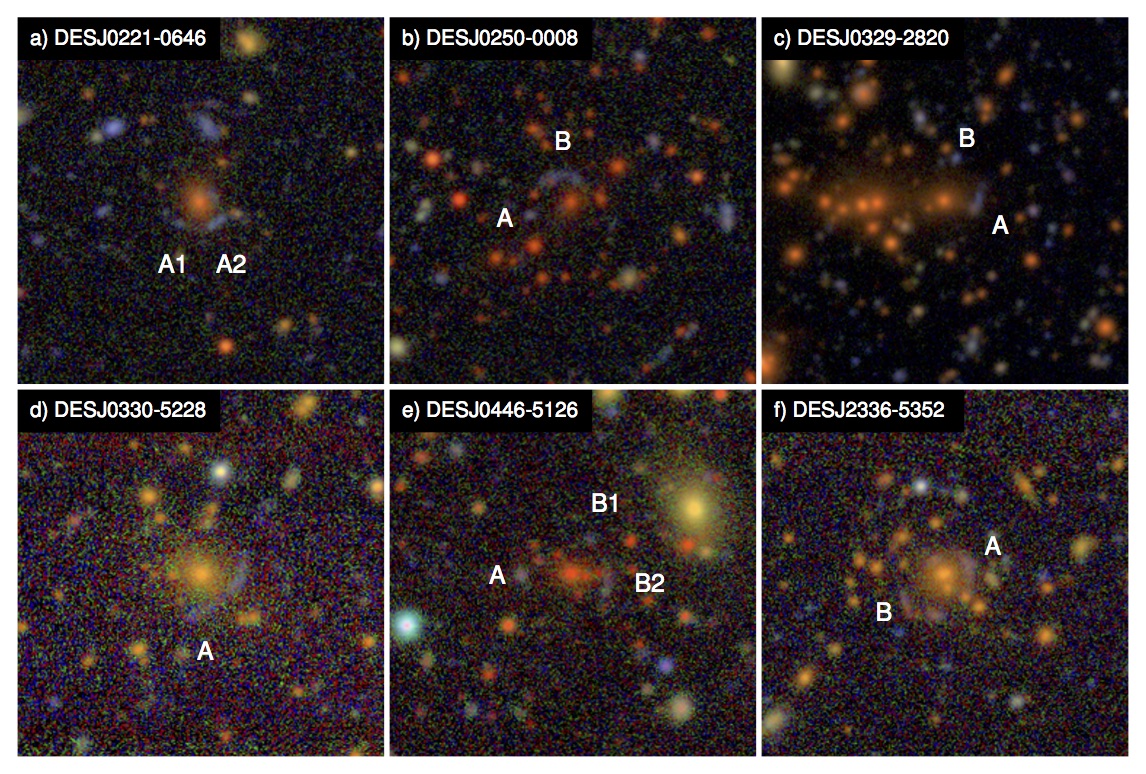 Ross Cawthon, Brian Nord
Ross Cawthon, Brian Nord
June 6, 2016 – Even Supernovae Need a Matchmaker
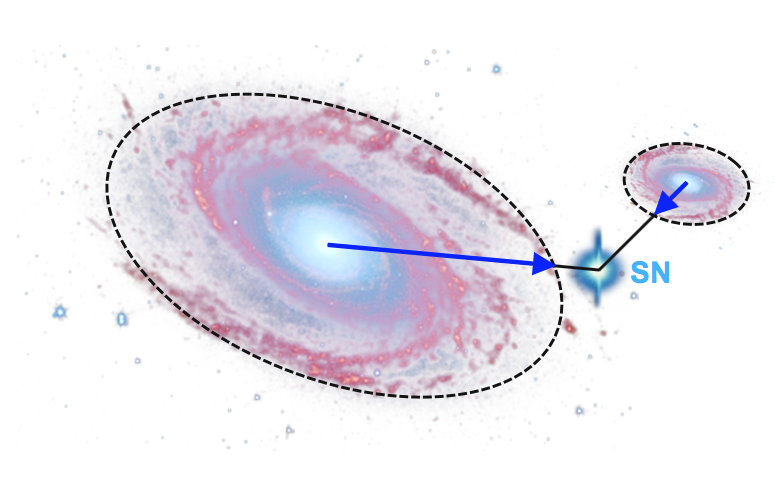 Rachel C. Wolf, Ross Cawthon, Ravi Gupta
Rachel C. Wolf, Ross Cawthon, Ravi Gupta
April 29, 2016 – A Newly Discovered Superluminous Supernova
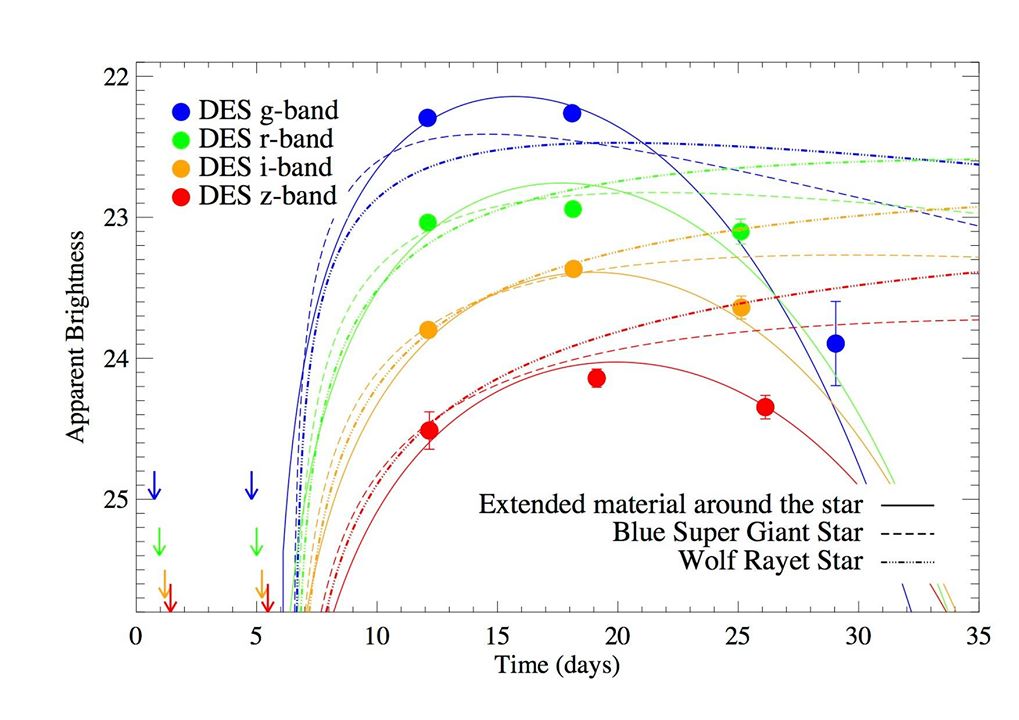 Rachel C. Wolf, Ross Cawthon, Mathew Smith
Rachel C. Wolf, Ross Cawthon, Mathew Smith
February 6, 2016 – Connecting the past and present cosmic epochs with gravitational lensing
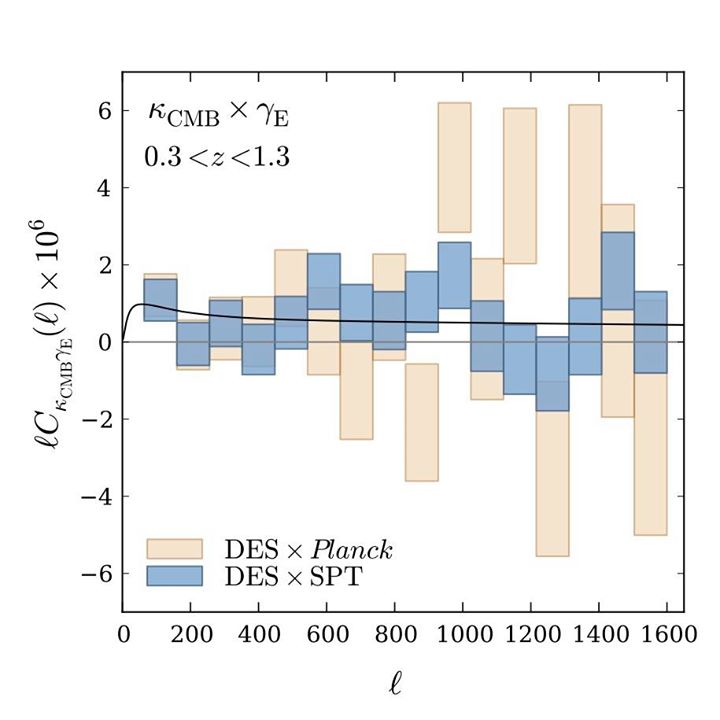 Rachel C. Wolf, Ross Cawthon, Donnacha Kirk, Yuuki Omori
Rachel C. Wolf, Ross Cawthon, Donnacha Kirk, Yuuki Omori
January 15, 2016 – Exploring the distribution of dark and visible matter with gravitational lensing
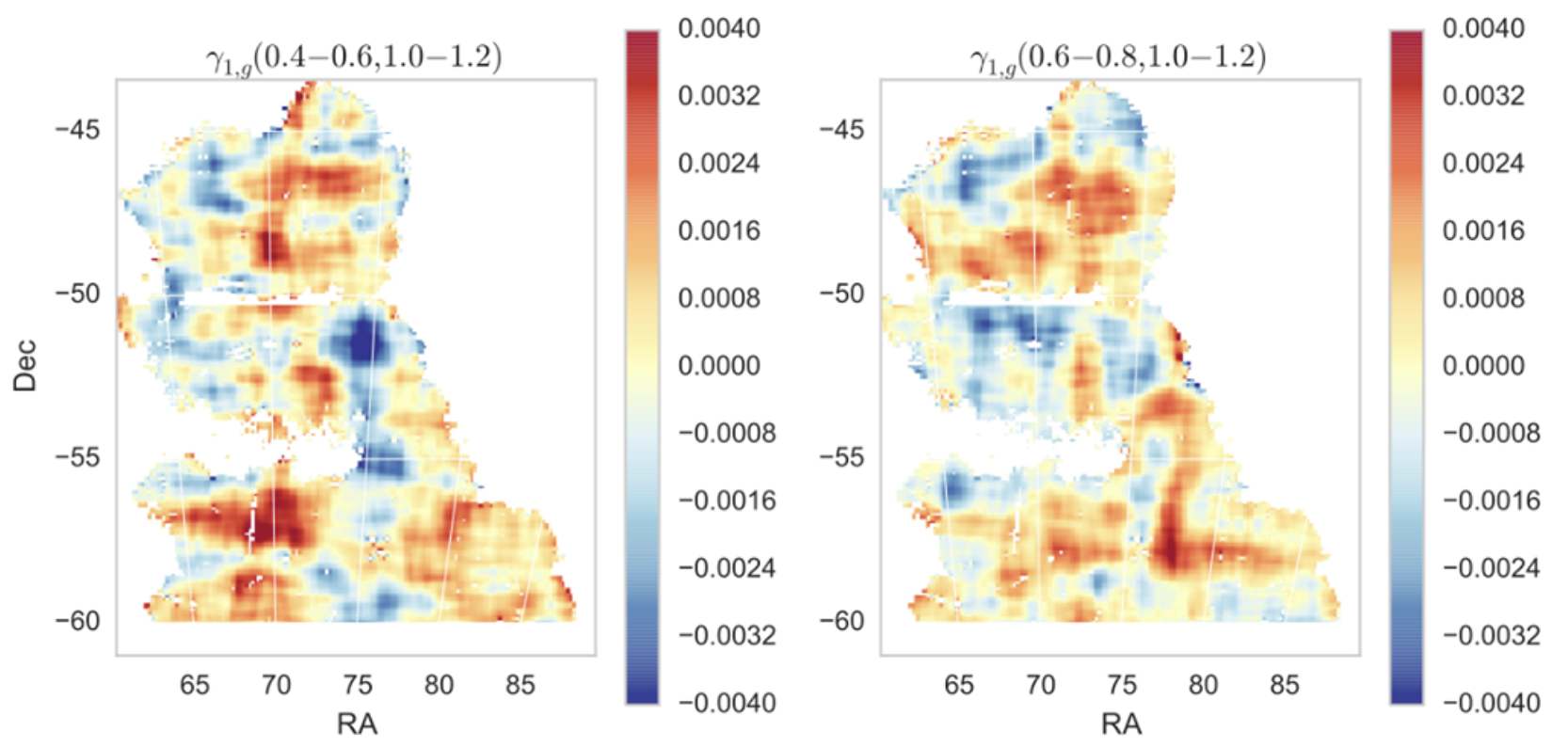 Rachel C. Wolf, Ross Cawthon, Arnau Pujol, Chihway Chang
Rachel C. Wolf, Ross Cawthon, Arnau Pujol, Chihway Chang
December 1, 2015 – How fast are the stars moving in the ultra-faint dwarf galaxy, Reticulum II?
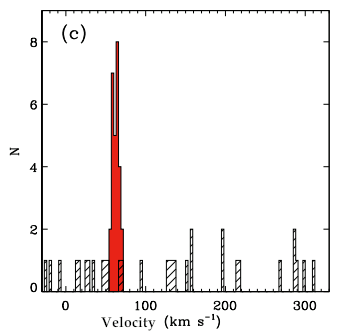 Rachel C. Wolf, Brian Nord, Josh Simon, Alex Drlica-Wagner
Rachel C. Wolf, Brian Nord, Josh Simon, Alex Drlica-Wagner
November 20, 2015 – Gravitational lensing by galaxies is responsible for some distortions in Cosmic Microwave Background Light
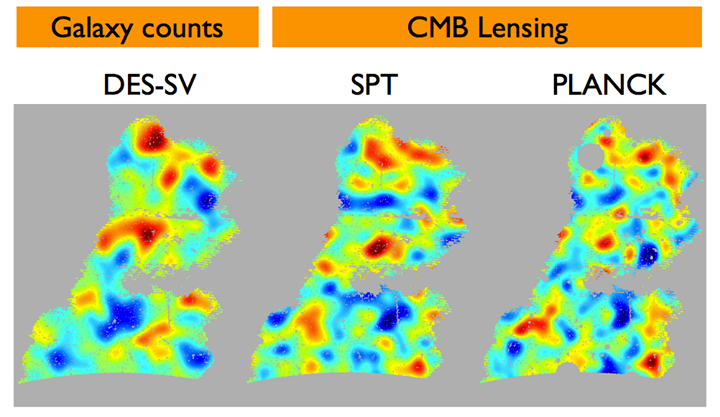 Rachel C. Wolf, Anthony Kremin, Ross Cawthon
Rachel C. Wolf, Anthony Kremin, Ross Cawthon
November 13, 2015 – Weak gravitational lensing reveals empty regions of space
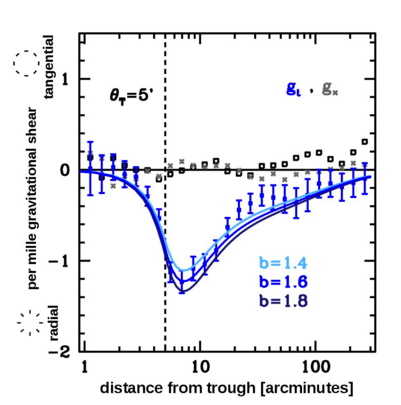 Rachel C. Wolf, Anthony Kremin, Daniel Gruen
Rachel C. Wolf, Anthony Kremin, Daniel Gruen
August 14, 2015 – The software pipeline that finds exploding stars
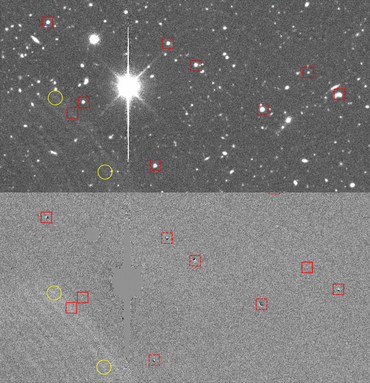 Rick Kessler
Rick Kessler
May 26, 2015 – Four massive galaxy clusters explored in DES data
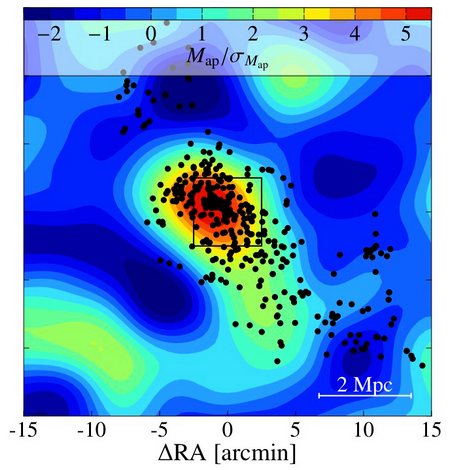 Rachel C. Wolf, Eric Suchyta, Eric Huff, Peter Melchior
Rachel C. Wolf, Eric Suchyta, Eric Huff, Peter Melchior
May 10, 2015 – Search for Gamma-Ray Emission from DES Dwarf Spheroidal Galaxy Candidates with Fermi-LAT Data
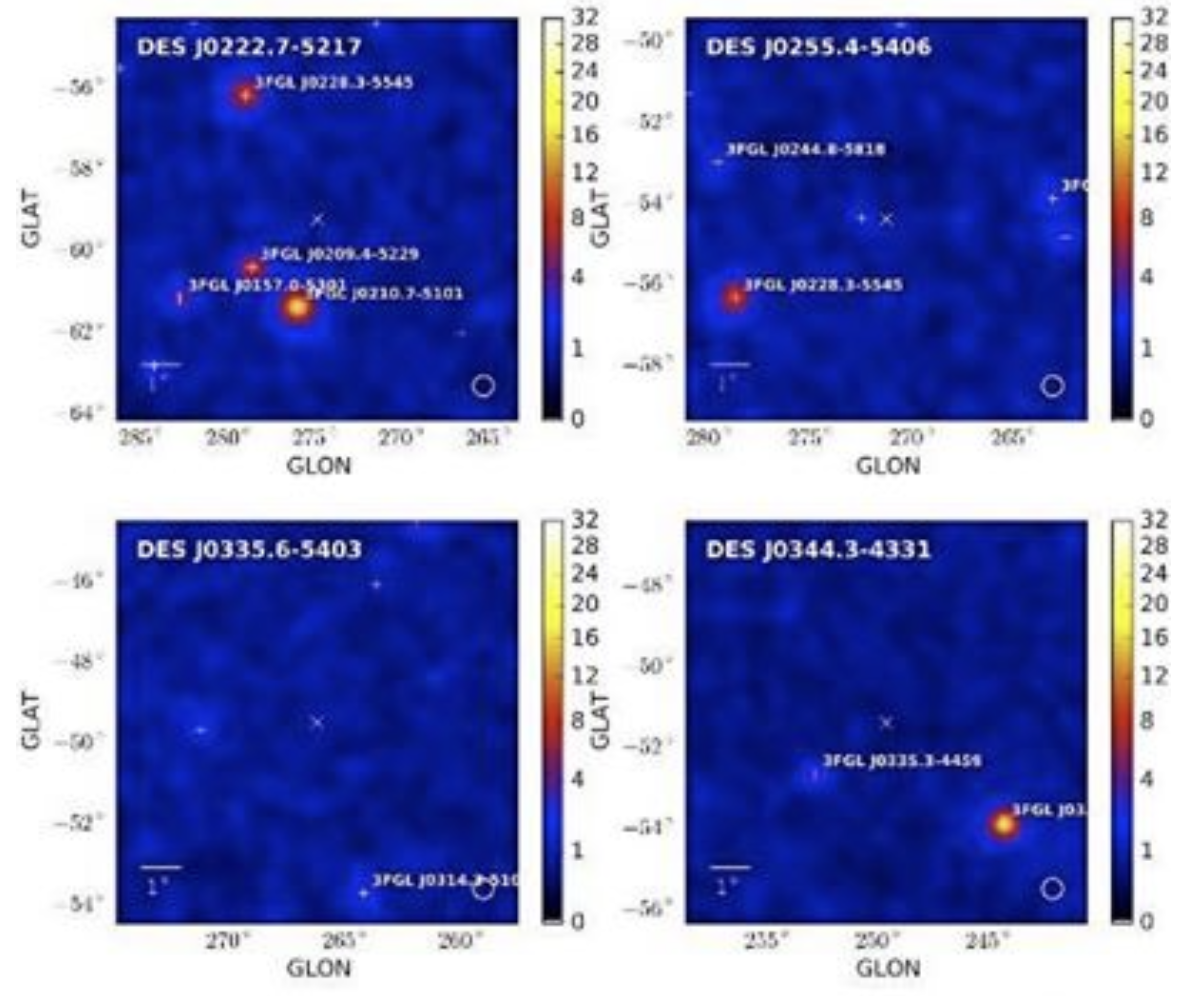 Rachel C. Wolf, Brian Nord, Keith Bechtol, Alex Drlica-Wagner
Rachel C. Wolf, Brian Nord, Keith Bechtol, Alex Drlica-Wagner
March 10, 2015 – Eight New Milky Way Companions Discovered in First-Year Dark Energy Survey Data
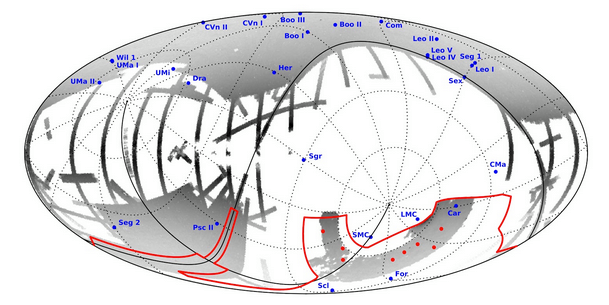 Keith Bechtol and Alex Drlica-Wagner
Keith Bechtol and Alex Drlica-Wagner
January 29, 2015 – The First Superluminous Supernova from the Dark Energy Survey: DES13S2cmm
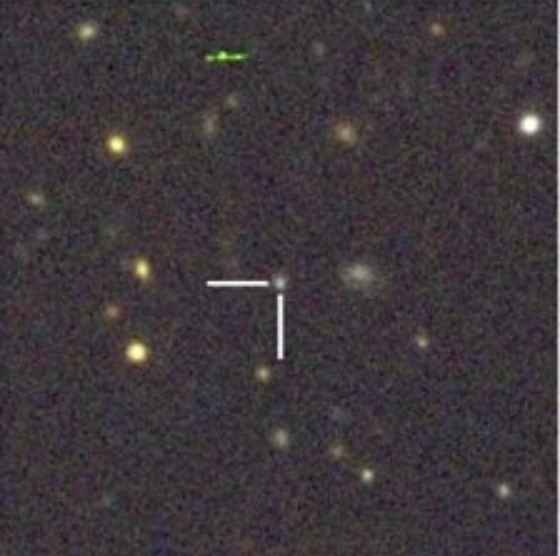 Rachel C. Wolf, Brian Nord, Andreas Papadopoulos, Chris D’Andrea
Rachel C. Wolf, Brian Nord, Andreas Papadopoulos, Chris D’Andrea